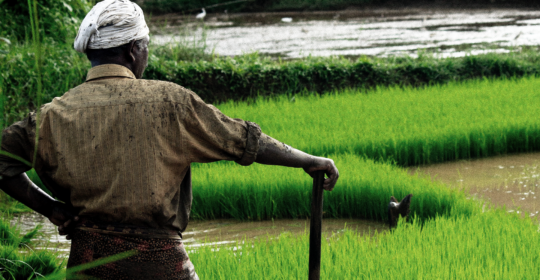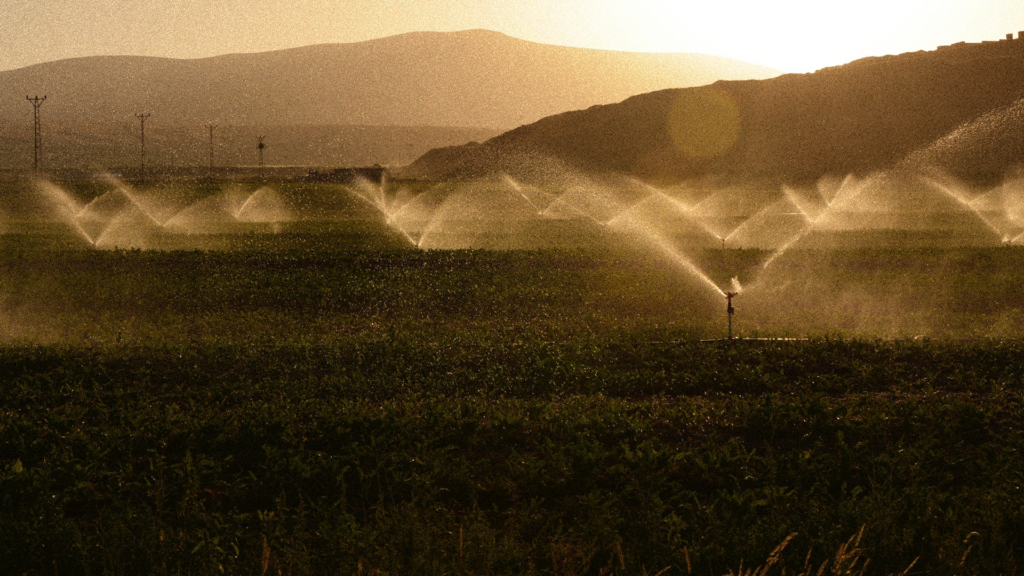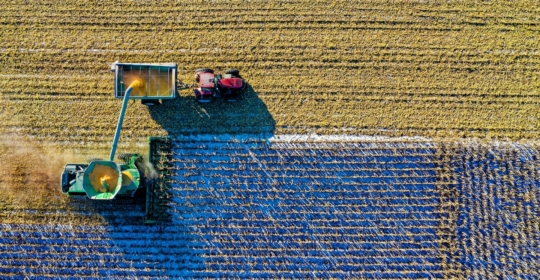
Procter & Gamble: Corporate insights from piloting freshwater SBTs
Company:
Procter & Gamble
The SBTN freshwater hub coordinated science-based targets for nature pilots with General Mills, Procter & Gamble and Suntory between April 2021-June 2022 throughout various parts of their value chains.
Procter & Gamble is a member of SBTN’s Corporate Engagement Program.
What has your freshwater target-setting journey been like to date?
At P&G, water is essential for the making and use of our products. We are committed to addressing water challenges within water-stressed areas where we operate – not only because there is a need, but also because we know it’s where we can make the biggest difference. P&G started on our target-setting journey by first identifying the largest water footprint areas in our value chain and assessing water risk exposure within two of the main areas – direct operations and consumer product use. Based on the findings of the risk assessments, we were able to prioritize basins in key markets with facilities and consumers facing high or extremely high water stress for target-setting and action.

What motivated P&G to undertake SBTN’s pilot on setting freshwater science-based targets?
In 2018, we announced our Ambition 2030 Environmental Sustainability goals, including an ambition to protect water for people and nature in priority basins. As part of this new water ambition, P&G also kicked off a quantitative water target-setting process with the World Resources Institute (WRI) at almost the exact moment the SBTN sought companies to pilot the draft steps and methodologies for freshwater SBTs. We were motivated to become a pilot company because we wanted to ensure our new quantitative targets for water were aligned with best practices and any new methods being developed. We also felt we could provide helpful insight into the target-setting process for companies and give almost real-time insight into how WRI and P&G were developing new methods for deriving downstream targets.
What insights emerged from the pilot?
Participating in the pilot led to two key insights:
- Existing best practices, like those P&G followed in the “Setting Enterprise Water Targets: A Guide for Companies,” are aligned with the basic steps and process being explored for SBTs for Water. Experience from the authors of the guide, along with others who have worked for over a decade with companies to set data-based water targets, can help ensure the SBTs for Water are both science-based and practical.
- Both P&G and the freshwater SBTs pilot leaders learned a lot about data and information availability. From P&G’s perspective, we gained new insight into the kind of information external stakeholders are interested in when it comes to water use and water quality across a company’s value chain.

What benefits setting freshwater targets through the pilot brought to the company?
Being part of the freshwater SBTs pilot has given P&G the opportunity to share our journey and challenges that come into play during practical application of the methodology. We’ve also benefited from the perspective and guidance of several SBTN members as we created our new quantitative water targets. The team has helped us look critically at our risk assessment process and better understand what future expectations could be for next generation corporate water targets.
~
Ahead of the first release of science-based targets for nature v1 in early 2023, Science Based Targets Network is seeking public comment – until October 15 – on its technical guidance for companies to set science-based targets for nature, with a focus on helping companies assess and prioritize their environmental impacts to then set targets, beginning with freshwater. More information.



